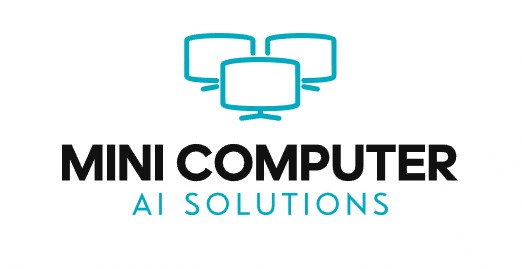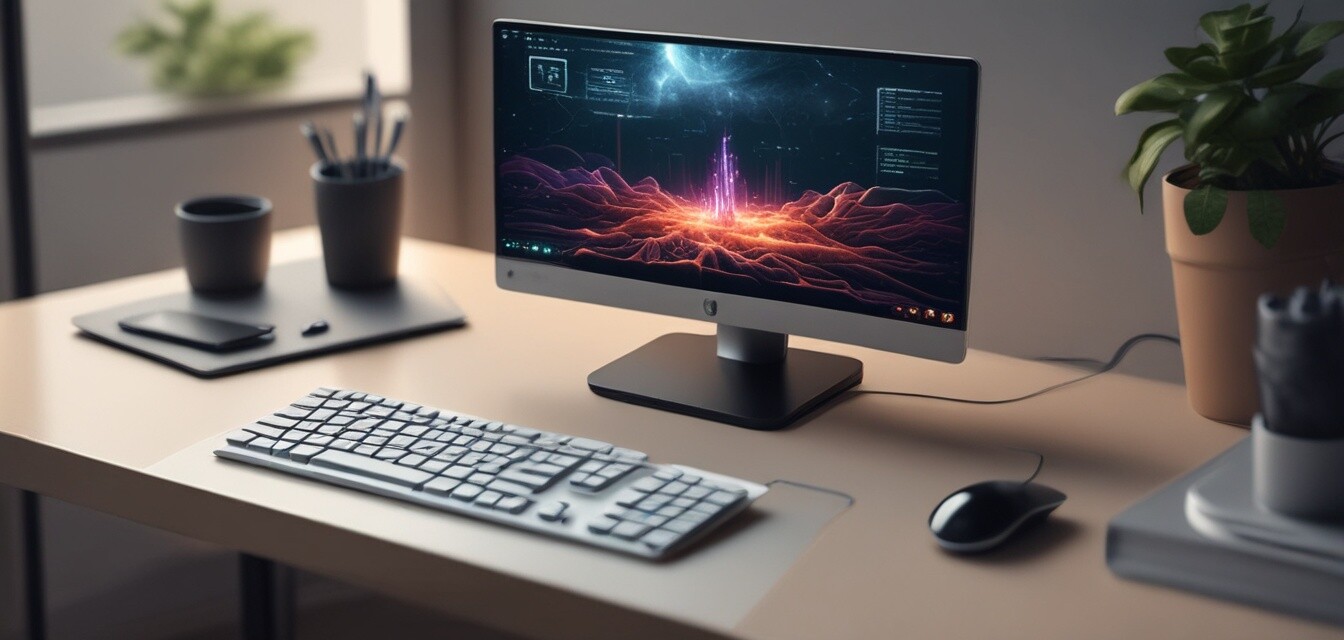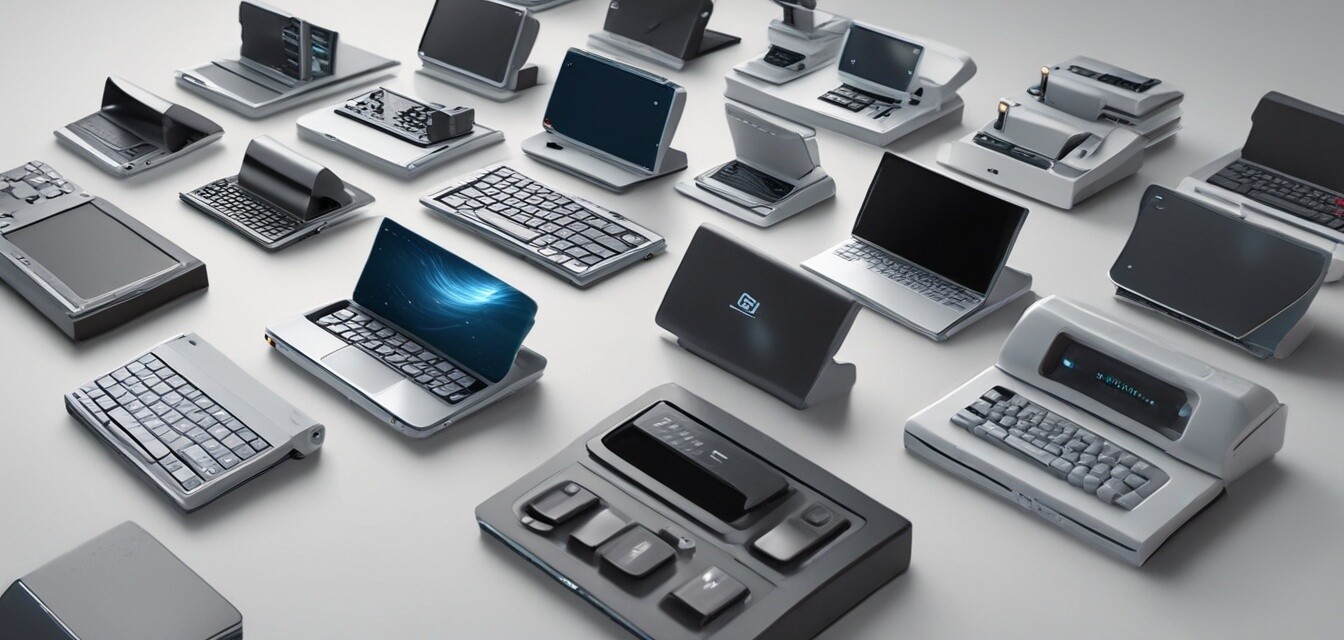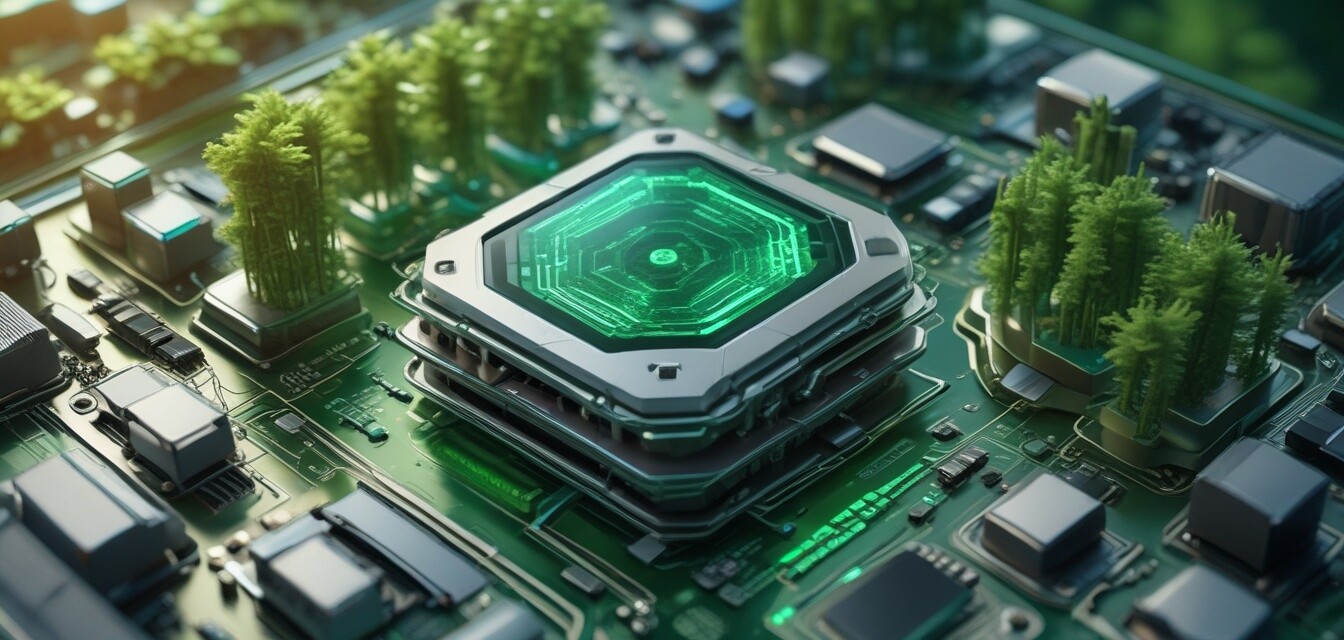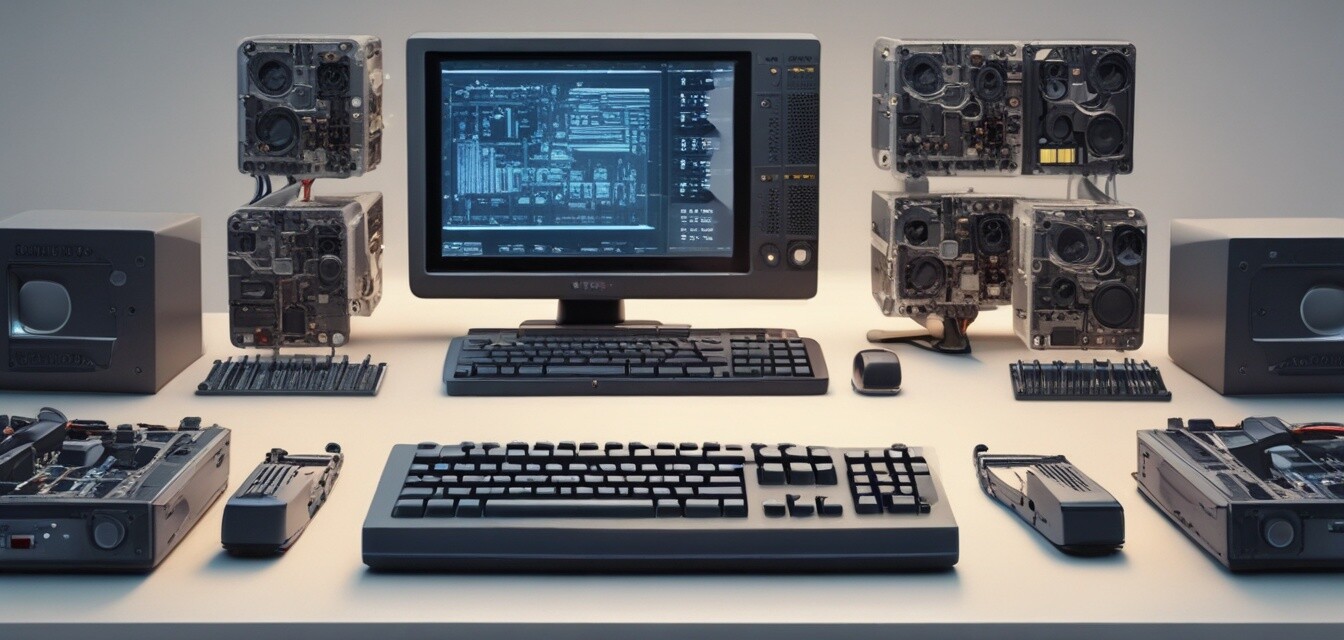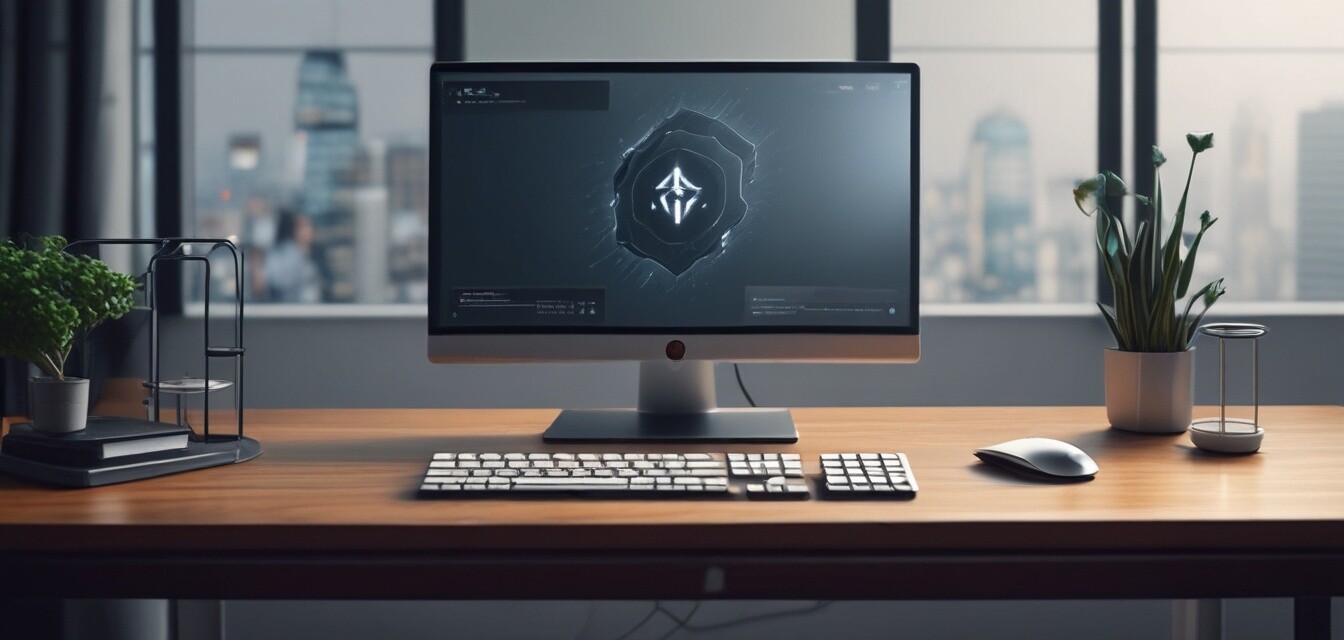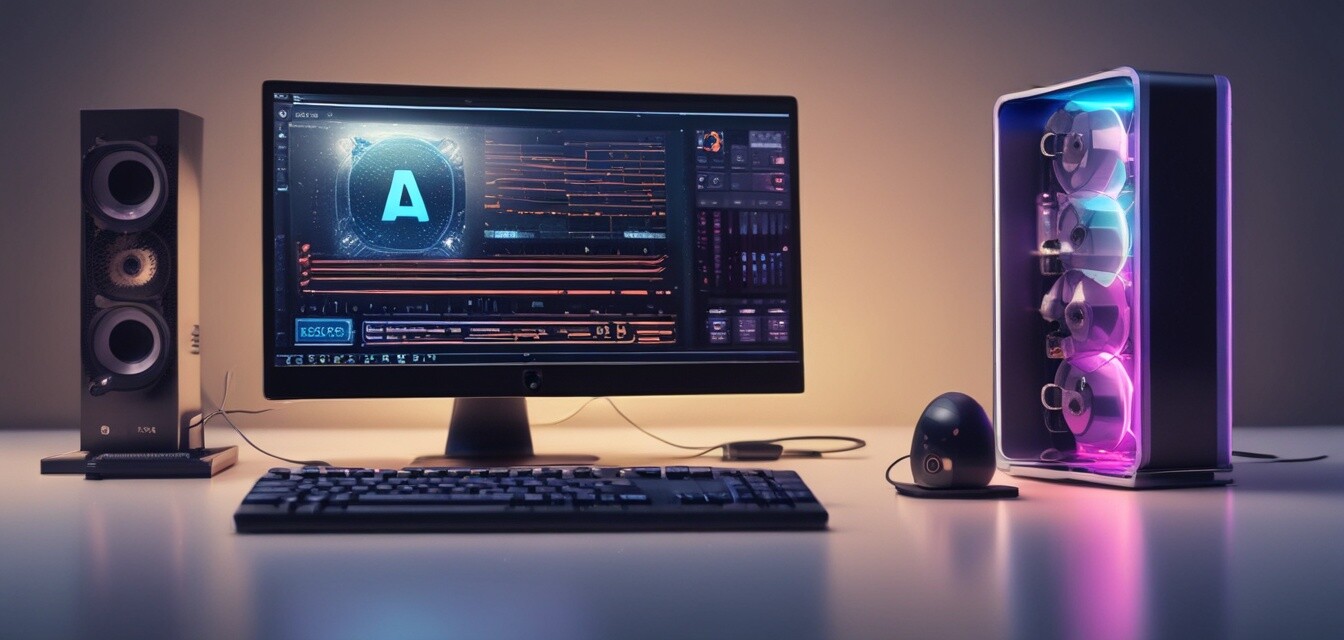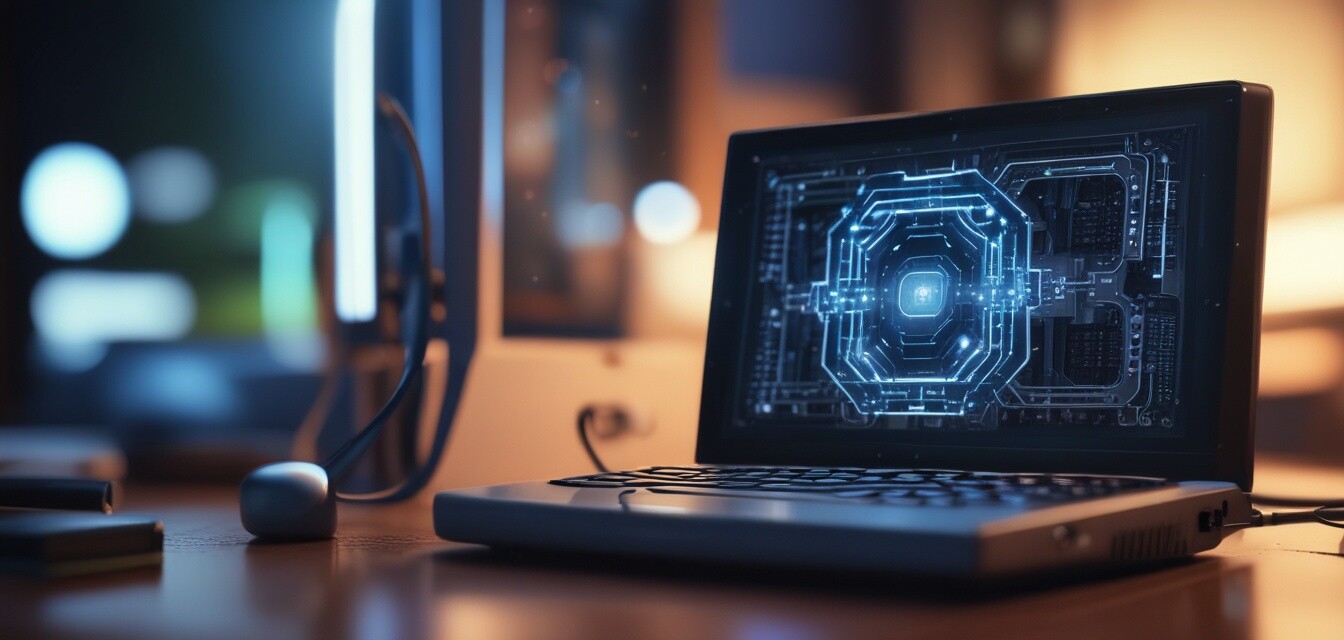
Performance Optimization for Mini AI Computers
Key Takeaways
- Optimizing hardware and software settings can significantly improve performance.
- Regular updates and maintenance are essential for keeping systems running efficiently.
- Utilizing external devices can enhance the capabilities of mini AI computers.
- Understanding power management can lead to better energy efficiency.
Mini AI computers are revolutionizing the way we approach computing, offering compact size without compromising performance. However, to fully harness their potential, optimization is key. This article will delve into various techniques and tips for enhancing the performance and efficiency of mini AI computers, enabling users to get the most out of their devices.
Understanding mini AI computers
Mini AI computers are compact systems designed specifically for tasks involving artificial intelligence, machine learning, and data processing. They offer unique advantages, such as space-saving designs and energy efficiency, making them suitable for a range of applications from home automation to advanced computational tasks.
Key components of mini AI computers
| Component | Function |
|---|---|
| Processor (CPU) | Handles computations and processes tasks. |
| Graphics Processing Unit (GPU) | Enhances graphics rendering and AI computations. |
| RAM | Supports multitasking by providing temporary storage for data. |
| Storage (SSD/HDD) | Stores the operating system, applications, and data files. |
| Cooling System | Prevents overheating during intensive tasks. |
Performance optimization techniques
1. Hardware upgrades
Upgrading hardware components can lead to significant performance gains. Here are some common upgrades:
- Increase RAM: Adding more RAM helps with multitasking and running demanding applications.
- Upgrade the SSD: A faster SSD can reduce load times and improve overall system responsiveness.
- Add a dedicated GPU: If your tasks require heavy graphical processing, a dedicated GPU can be a game changer.
2. Software optimization
Optimizing software settings can also enhance performance:
- Keep your operating system updated: Regular updates can fix bugs and improve system efficiency.
- Manage startup programs: Disable unnecessary programs that launch at startup to free up resources.
- Use lightweight applications: Opt for software that uses fewer resources but still meets your needs.
3. Power management settings
Understanding and configuring power management settings can yield better energy efficiency:
- Adjust power plans: Switch to a performance mode when needed, but consider a balanced mode for regular use.
- Set sleep timers: Configure your mini AI computer to enter sleep mode during inactivity to save energy.
- Monitor power consumption: Use software tools to track energy usage and optimize accordingly.
4. Cooling solutions
Keeping your mini AI computer cool is crucial for maintaining performance:
- Invest in a cooling pad: If your mini computer tends to overheat, a cooling pad can help dissipate heat.
- Regular maintenance: Dust and debris can clog fans; cleaning them regularly will ensure proper airflow.
- Monitor temperatures: Use software to keep an eye on system temperatures and adjust usage accordingly.
Utilizing external devices
Enhancing the capabilities of your mini AI computer can also involve external devices:
- AI graphics accelerators: These can significantly improve processing power for AI-related tasks. Learn more in our AI Graphics Accelerators section.
- Compact AI servers: Pairing your mini computer with a compact server can boost your computational power. Explore options in our Compact AI Servers section.
- Smart home integration devices: These can expand functionalities, allowing your mini AI computer to control home automation systems. Check our Smart Home Integration Devices section for details.
Common challenges and solutions
As with any technology, users may face challenges when optimizing mini AI computers. Here are some common issues and their solutions:
| Challenge | Solution |
|---|---|
| Overheating | Implement better cooling solutions and clean dust from vents. |
| Slow performance | Upgrade RAM and SSD, and manage startup programs. |
| Limited storage | Consider external storage solutions or optimize existing storage. |
| Compatibility issues | Ensure all components and software are compatible and updated. |
Pros
- Compact and efficient design.
- Versatile for various applications.
- Energy-efficient, reducing electricity costs.
- Easy to upgrade and maintain.
Cons
- Limited physical space for upgrades.
- Can be more expensive compared to larger systems.
- May require additional peripherals for full functionality.
- Potential thermal management issues if not properly maintained.
Tips for beginners
If you are new to mini AI computers, here are some helpful tips to get started:
- Research before buying: Understand your needs and what specifications are required for your tasks.
- Start with basic optimizations: Focus on updating software and managing startup programs first.
- Join forums and communities: Engage with other mini AI computer users for shared tips and support.
- Experiment with settings: Don’t hesitate to try different configurations to see what works best for you.
Conclusion
Performance optimization for mini AI computers is essential for maximizing their capabilities and ensuring efficient operation. By following the tips and techniques outlined in this article, users can significantly enhance their computing experience. Whether you are a beginner or an experienced user, understanding and implementing these strategies will help you get the most out of your mini AI computer.
